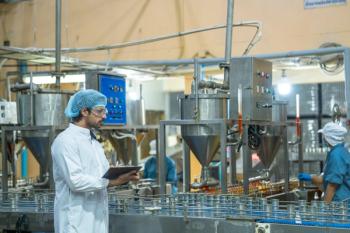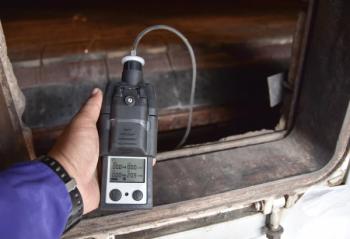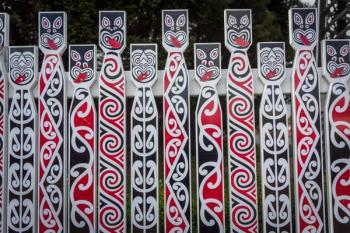
Spectroscopy Announces the Winner of the 2018 Emerging Leader in Atomic Spectroscopy Award
John M. Cottle, a professor of earth science at the University of California, Santa Barbara, has won the 2018 Emerging Leader in Atomic Spectroscopy Award, which is presented by Spectroscopy magazine.
John M. Cottle, a professor of earth science at the University of California, Santa Barbara, has won the 2018 Emerging Leader in Atomic Spectroscopy Award, which is presented by Spectroscopy magazine. This annual award, begun in 2017, recognizes the achievements and aspirations of a talented young atomic spectroscopist, selected by an independent scientific committee. The award will be presented to Cottle at the 2018 Winter Conference on Plasma Spectrochemistry, where he will give a plenary lecture.
Cottle is a leader in the development of novel laser-ablation inductively coupled plasma–mass spectrometry (LA-ICP-MS) measurements and their application to tectonic questions in convergent orogens. Whereas most pioneers of new MS techniques are laboratory based, and most workers at the forefront of tectonics are field based, Cottle combines both.
In particular, Cottle has pioneered three breakthrough measurement methods for geochemical data collection using LA–ICP-MS. One is the development of single-pulse laser-ablation chronology for U-Pb and Th-Pb laser ablation, using a single laser pulse instead of the typical 80–200 pulses. This approach dramatically increases sample throughput, enabling very large numbers of grains to be dated, and it uses only ~1% of the mineral. The breakthrough behind this advance lies in integrating the entire transient peak, rather than measuring just peak height, thereby avoiding differential detector response. Cottle’s groundbreaking paper describing this approach was awarded the New Wave Research Laser Ablation Prize for “the most original and novel work using laser ablation in analytical chemistry.”
Subsequently, Cottle and colleagues have extended this method to single-pulse depth-profiling and 3D mapping of zircon, monazite, titanite, and rutile. Conventional laser-ablation depth profiling is based on 20–30 s of continuous ablation, leading to smearing of the profile and an inability to precisely quantify steps or reversals in mineral zoning. Cottle’s pioneering method provides two orders of magnitude increase in resolution by analyzing each 50–100 nm thick layer of crystal individually.
Cottle was also instrumental in the development of laser-ablation split-stream petrochronology. This new technique uses two ICP mass spectrometers for simultaneous measurement of a laser stream, enabling simultaneous isotope–isotope or isotope–element measurements. The breakthrough came from realizing that the flow of particles into the two spectrometers could be controlled by modulating the carrier-gas flow and that the ionization efficiency of the coupled mass spectrometers is only slightly reduced. This method is now gaining wide usage, particularly for the simultaneous measurement of U/Th-Pb dates and petrologically informative elements like Ti, Zr, and rare earth elements (REEs), from the same mineral volume to allow dates to be tied closely to petrologic processes.
Cottle applies these techniques in research focused on REE mineralization, alkaline magmatism in arcs, and the major processes responsible for the formation of contractional orogenic belts. For example, he has made important contributions on the evolution of orogen-parallel domes in southern Tibet, providing the first insight into the response of the mid- lower-crust during a major tectonic switch from south-directed material flow to east-west extension. His most important discovery to date may be that evolution of the Himalayan orogen can be split into three distinct phases: early microcontinent subduction and exhumation, mid-stage thickening of the orogenic core, and late-stage extrusion of the high-grade core.
Cottle has published 72 papers in peer-reviewed journals and has been an author or coauthor on 48 talks and 77 posters at scientific conferences.
Cottle received his D.Phil. from the University of Oxford, UK, in 2008, following an M.Sc. and B.Sc. from the University of Otago, New Zealand. He has won numerous awards, including the Antarctic Service Medal, the Hellman Foundation award, the Top-50 most cited Journal of Structural Geology article 2005–2010, the Tony Carswell prize of the Metamorphic Studies Group, and Geological Society of America Mineralogy, Geochemistry, Petrology, & Volcanology Division Early Career Award among others.
For information about how to nominate a young scientist for the 2019 award, please see the
Newsletter
Get essential updates on the latest spectroscopy technologies, regulatory standards, and best practices—subscribe today to Spectroscopy.





